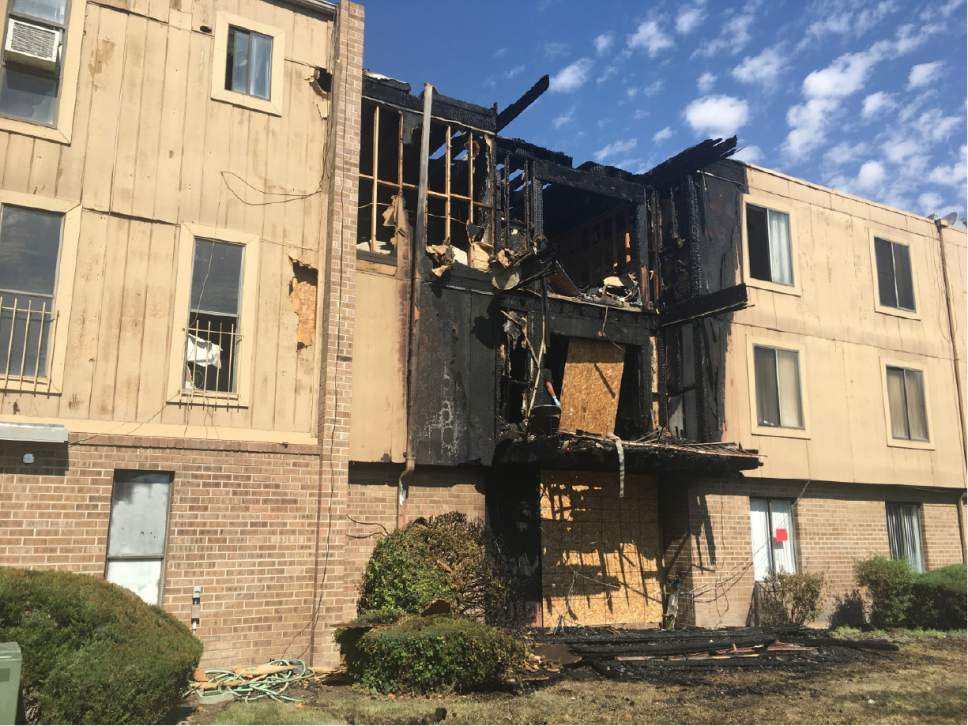This is an archived article that was published on sltrib.com in 2017, and information in the article may be outdated. It is provided only for personal research purposes and may not be reprinted.
Fireworks trade in the art of fire. And fires burn. No matter the type of care a person takes to prevent fires during a fireworks show, explosives don't always cooperate.
In any other state, the issue of fireworks and fire prevention would be moot. But in Utah, fireworks season has just begun. Utahns celebrate the state holiday of Pioneer Day on July 24 in much the same way as Independence Day — parades, barbecues and fireworks.
Fire departments in Salt Lake County responded to nearly 70 fireworks-related calls this week. A Midvale apartment complex was evacuated. Part of Tooele burned. Two homes in Cottonwood were also heavily damaged.
High temperatures and dry weather, which define Utah summers, exacerbate the danger.
It's time to pre-emptively limit the damage caused by Utah's monthlong fireworks obsession. At the very least, it's time to ban aerial fireworks. In 2011, the Legislature legalized those fireworks out of concern for losing tax revenue to Wyoming. But lost tax revenue is not a reason to put Utahns at risk of losing their homes and mucking up our air.
Yes, much of the damage happens in cities that already restrict fireworks. But current regulations differ throughout cities and townships in Utah, and the prohibitions on what and where is confusing. More than 50 cities and towns have localized restrictions. A statewide ban could at least clear up the issue for the most dangerous fireworks.
Fire danger isn't the only reason to prohibit or limit private fireworks. Fireworks severely impacted our air quality on the Fourth. In Weber County, air particulates spiked to 20 times the acceptable standard.
Fireworks also negatively impact dogs and other family pets. It's hard to see a beloved pet cower in the corner every night through the celebrations of a Utah July.
Professional shows offer the thrill and excitement of big fireworks displays. Such shows also take necessary precautions, like closed streets, water availability and firemen on standby. And children are kept at a distance.
Most people have fond memories of sitting around in lawn chairs while Dad and his brothers satiated their desire to play with dangerous toys. But we also used to ride around in the back of a station wagon without seat belts, and we're smart enough not to do that anymore either.
In urban Utah areas, near tinder-dry, combustible foothills, we need to stop using aerial fireworks at home. Or the local church parking lot. Toys are fun, and fire is tempting, but common sense should prevail with fireworks in Utah.



